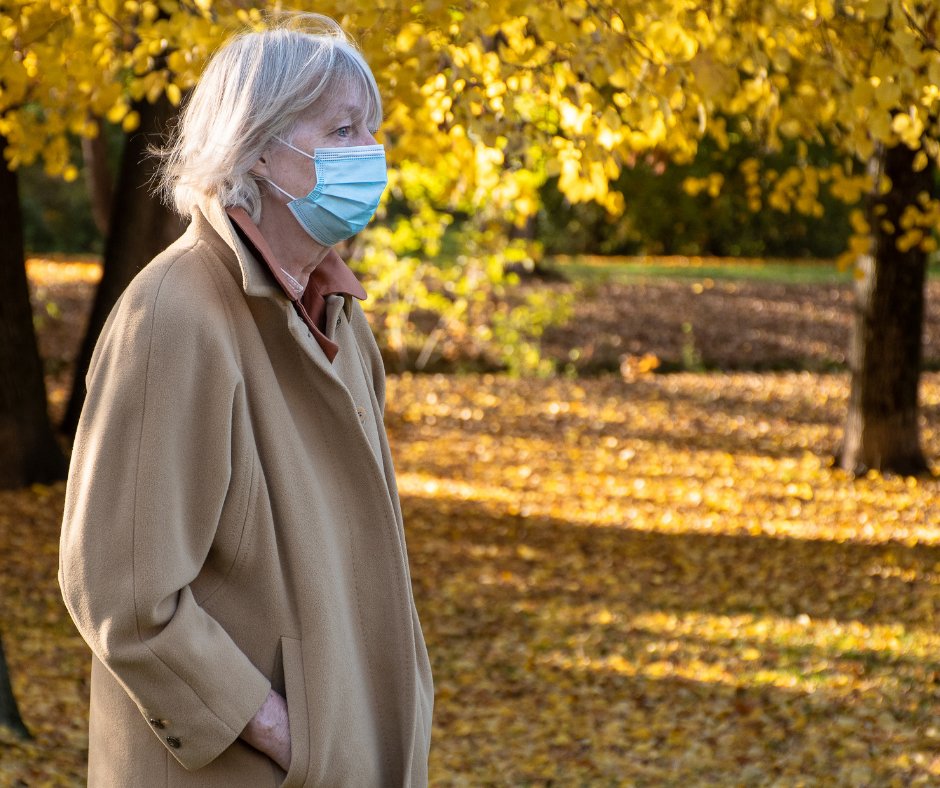In the current climate of COVID-19, awareness of respiratory health has entered the limelight in an unprecedented fashion. While cough, fatigue and shortness of breath are common symptoms of a passing virus, these same symptoms, when chronic, are indicative of another disease which affects over 200,000 Americans – pulmonary fibrosis (PF).
“As we enter a cold and flu season compounded by COVID-19, the PFF is working to raise awareness for pulmonary fibrosis as well as shine a light on the dangers these common respiratory viruses pose to patients with PF,” said Dr. Sonye Danoff, senior medical advisor for the Pulmonary Fibrosis Foundation (PFF).
What is PF?
Pulmonary fibrosis is a progressive, debilitating lung disease which causes scarring of the lung tissue, inhibiting oxygen from efficiently entering the bloodstream. While over 50,000 individuals are diagnosed annually, the disease remains largely unknown.
“What’s worrisome is that almost 90% of Americans do not know the symptoms of pulmonary fibrosis, according to our research,” added Danoff. “Because symptoms are similar to those of other more common illnesses, it’s critical to increase public understanding of the differences, especially as we enter the peak of cold and flu season.”
When should I speak to a doctor about my symptoms?
While a common cough can last an average of 18 days, if your dry cough is still lingering after two months, another condition, such as PF, could be to blame. This is particularly important if you are at higher risk for PF, including those 60 years and older, current or past smokers and those with a family history of interstitial lung disease.
“If you have one or more of the primary symptoms of PF – such as shortness of breath, fatigue or a dry, persistent cough – and it lingers, take it seriously and speak with your doctor. Early diagnosis is key to maximizing treatment options. With a lesser known disease like pulmonary fibrosis, advocating for your health is crucial,” concluded Danoff.
What are infection-control tips for those living with PF this cold, flu and COVID-19 season?
While PF’s symptoms can indeed mirror that of the cold, flu and COVID-19, these viruses pose significant risks in themselves to those living with PF. As healthy habits are crucial to minimize the transmission of respiratory viruses during peak season, keep in mind these tips to protect both yourself and others:
- Wash your hands. Hand washing limits exposure to germs, serving as the first line of defense between the surfaces you touch and your body. Wash your hands for at least 20 seconds. If soap and water are not available, use an alcohol-based hand sanitizer.
- Wear a mask which covers your nose and mouth. The flu, seasonal cold and COVID-19 are most commonly spread by cough, sneezing or unclean hands. Wearing a mask lowers your risk of both acquiring and transmitting a viral illness.
- Avoid touching your eyes, nose and mouth. Germs easily spread when a person touches a contaminated surface and then their eyes, nose or mouth.
- Plan smarter to limit exposure. Avoid extra or unnecessary trips to run errands at peak times. If possible, plan for only one individual to leave the home to limit exposure and public interaction. Consider using a delivery service for groceries and other essentials.
Now more than ever, we can help ourselves and at-risk individuals by incorporating healthy habits into our daily lives, especially as we enter cold and flu season. If you think you may have PF, start the conversation with your doctor to explore testing and treatment options. For more information about PF, visit AboutPF.org.
